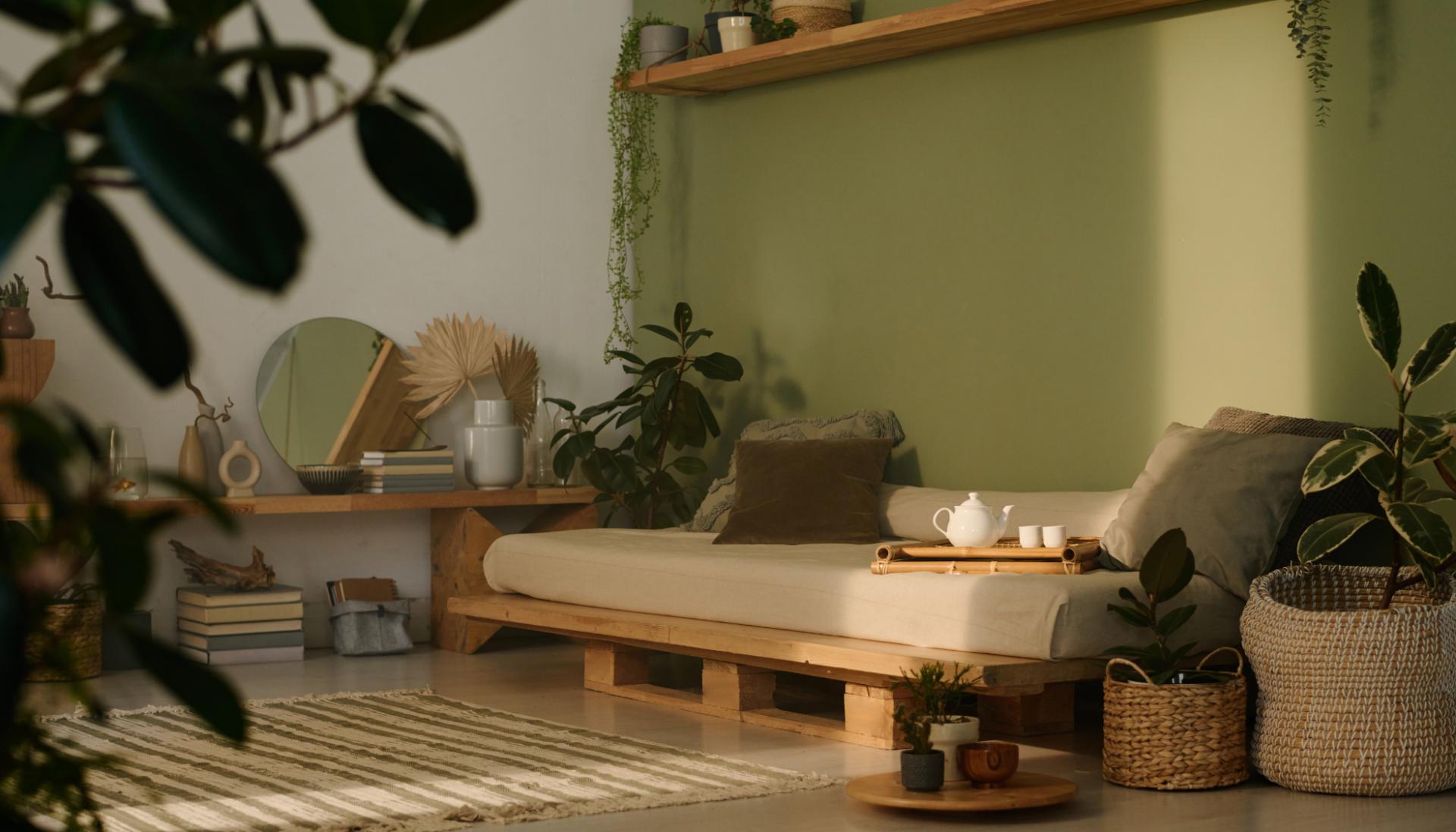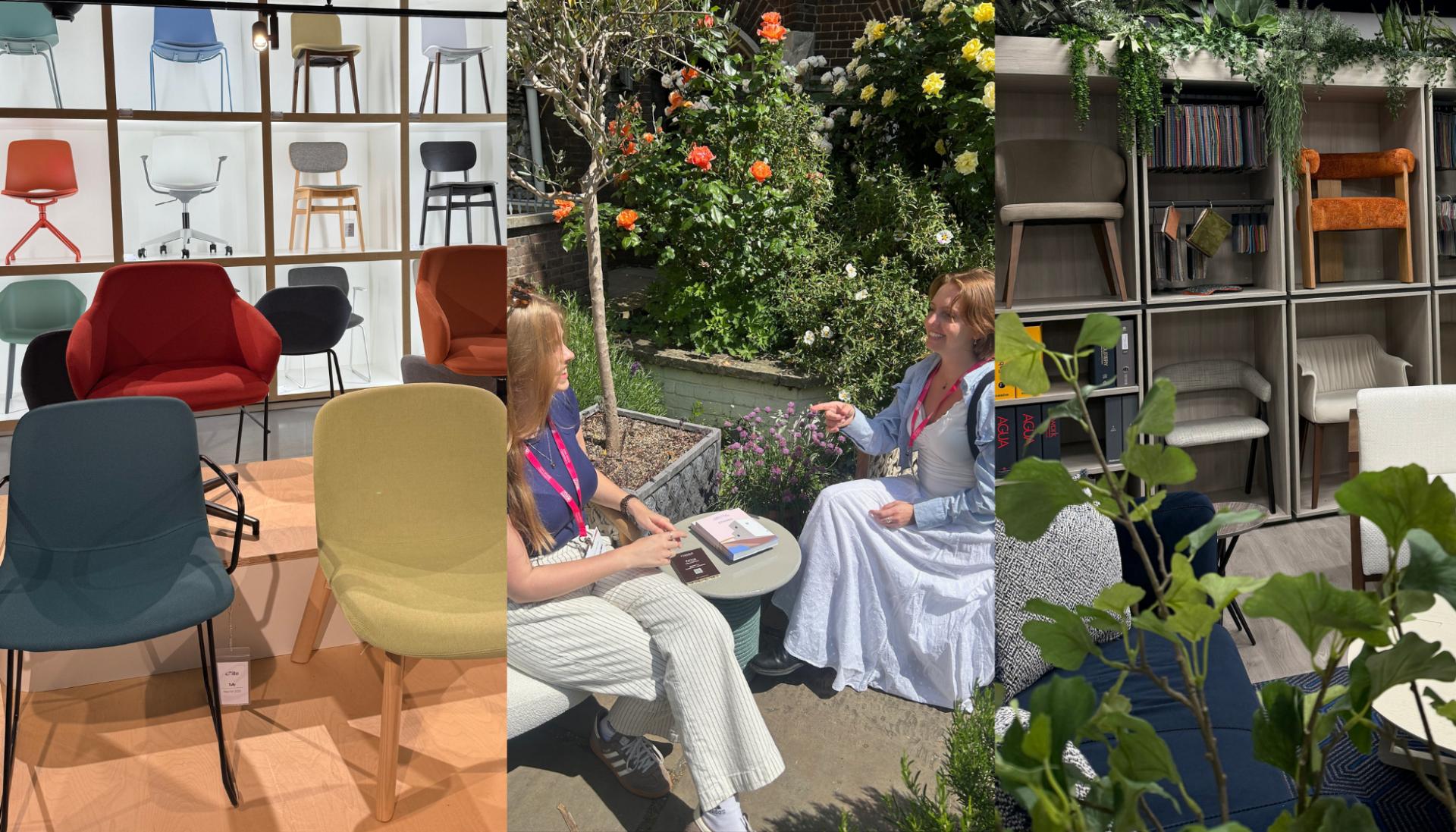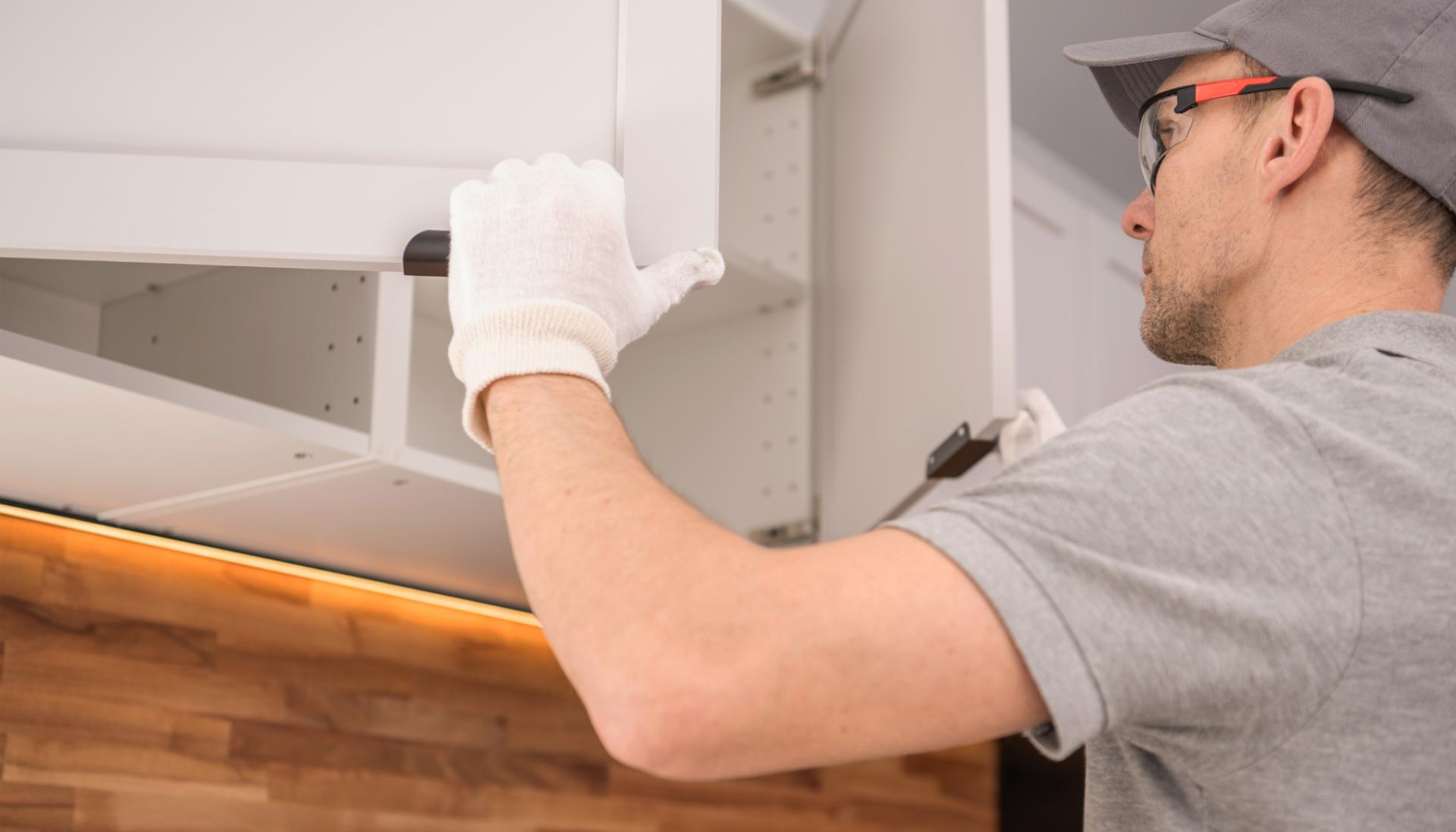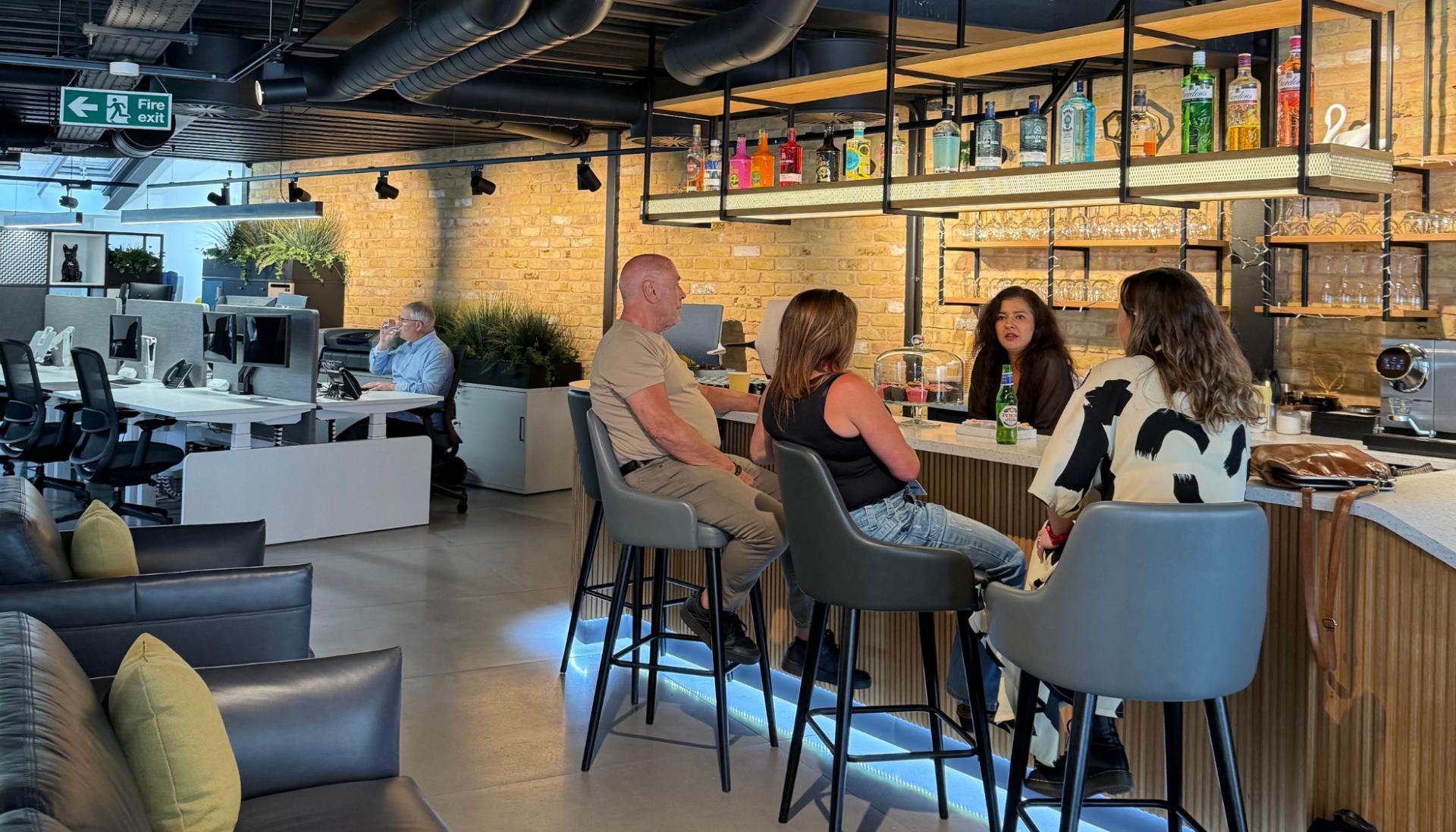Showroom to Boardroom: What I’m Hearing from Furniture Industry Leaders in 2025
As Clerkenwell Design Week 2025 takes over the streets of London, the excitement goes far beyond the aesthetics. Sure, the design showcases, tactile material displays, and packed showrooms are a celebration of creativity. But beneath the surface, the furniture and interiors industry is grappling with some big strategic shifts. Over conversations with Founders, CEOs, and operational leads across the event, a clear theme has emerged: this is a period of rapid evolution in the industry, and businesses are thinking differently about what growth and resilience look like.

Trends in the UK Furniture Market
The UK furniture market is continuing its steady climb, fuelled by increasing consumer demand for both sustainable and bespoke designs. What’s noticeable in 2025 is just how central those two factors have become to brand strategies. People want furniture that’s functional and stylish, but also speaks to their values and individuality. That’s translating into increased investment in local manufacturing, modular systems, and supply chain flexibility, especially as customers expect both faster delivery and lower carbon footprints.
For many businesses, this is prompting a rethink of everything from materials sourcing to fulfilment models. Companies that previously relied heavily on volume-based imports are shifting toward agile, design-led production that's closer to home.

Clerkenwell Design Week 2025
This year’s Clerkenwell Design Week has grown again, with over 600 showroom events and a peak of 160 participating showrooms. Beyond the headline figures, the buzz on the ground is undeniable. The event is now a nexus of innovation, collaboration, and strategic conversations.
Brand activations are more immersive, installations are more boundary-pushing, and the entire experience is more reflective of where the industry is heading. Take the circular signage project with Smile Plastics, for example: it's a stylish and functional nod to what sustainability in design can look like in practice.
Sustainability is a Non-Negotiable
Where sustainability was once a nice line in the marketing deck, it’s now a central business objective. Many of the leaders I’ve spoken to are no longer asking whether to prioritise sustainable practices, but how to do it at scale and with measurable impact. The push toward circular design is gaining traction, with manufacturers and designers exploring recycled and regenerative materials not just for showpieces, but for scalable ranges.
The business case is solid: brands with a strong sustainability proposition are outperforming their peers in both B2B and B2C channels. Retailers are also under pressure to vet their supply chains more thoroughly, meaning sustainability strategy is becoming part of winning (and keeping) key accounts.

The Rise of Customisation and Local Craftsmanship
Made-to-measure is having a moment, and it's bringing local craftsmanship back into the spotlight. From bespoke cabinetry to modular sofas tailored by room size and function, consumers are looking for products that reflect their lives and that often means re-engaging with traditional craft skills.
But this revival isn’t without challenges. British heritage crafts are under strain, with some disciplines facing a shortage of skilled makers and limited pathways for new apprentices. Some founders I’ve spoken with are actively lobbying for industry support and incentives to help preserve these capabilities. Because let’s face it: no matter how strong your design vision might be, you still need the hands to build it.
Strategic Shifts in Retail and Distribution
While e-commerce continues to play a huge role in the furniture industry, physical retail is far from dead. In fact, it’s evolving fast. Søstrene Grene’s plan to open 50 new UK stores by 2027 is one example of a strategic bet on experiential retail. IKEA’s recent pivot toward smaller, city-centre showrooms is another, designed to meet urban consumers where they are while delivering immersive brand experiences.
Showrooms aren’t just places to browse. They’re now key customer touch points that can act as hybrid sales, service, and storytelling hubs. For forward-thinking brands, the goal here is to make these physical spaces as adaptive and data-rich as their online platforms.

Leadership Insights
One thing’s clear from every conversation I’ve had this week: the operational mindset of successful furniture companies is shifting. There’s a growing recognition that growth isn’t just about more designs or faster delivery. It’s about integrating finance, logistics, design, and marketing into one cohesive strategy.
This means leaders need to think beyond functional silos and build teams that can flex with demand. CFOs are getting closer to creative teams and COOs are partnering more deeply with heads of brand. The industry’s growth story is about alignment, agility, and smarter collaboration across disciplines as well as just scale.
Where the Industry Goes Next
Clerkenwell Design Week 2025 is a snapshot of where the furniture industry is, and where it’s heading. If you’re in a leadership role right now, the challenge is clear: align your commercial strategy with the trends shaping the market – sustainability, customisation, and experiential retail – and build a team that can deliver against them.
If you're a CEO, MD, or CFO looking to align your team with these trends, I’d love to connect. At Harmonic, we specialise in placing finance and operations talent that helps design-led businesses scale with confidence. Want to know more? Get in touch at [email protected]




